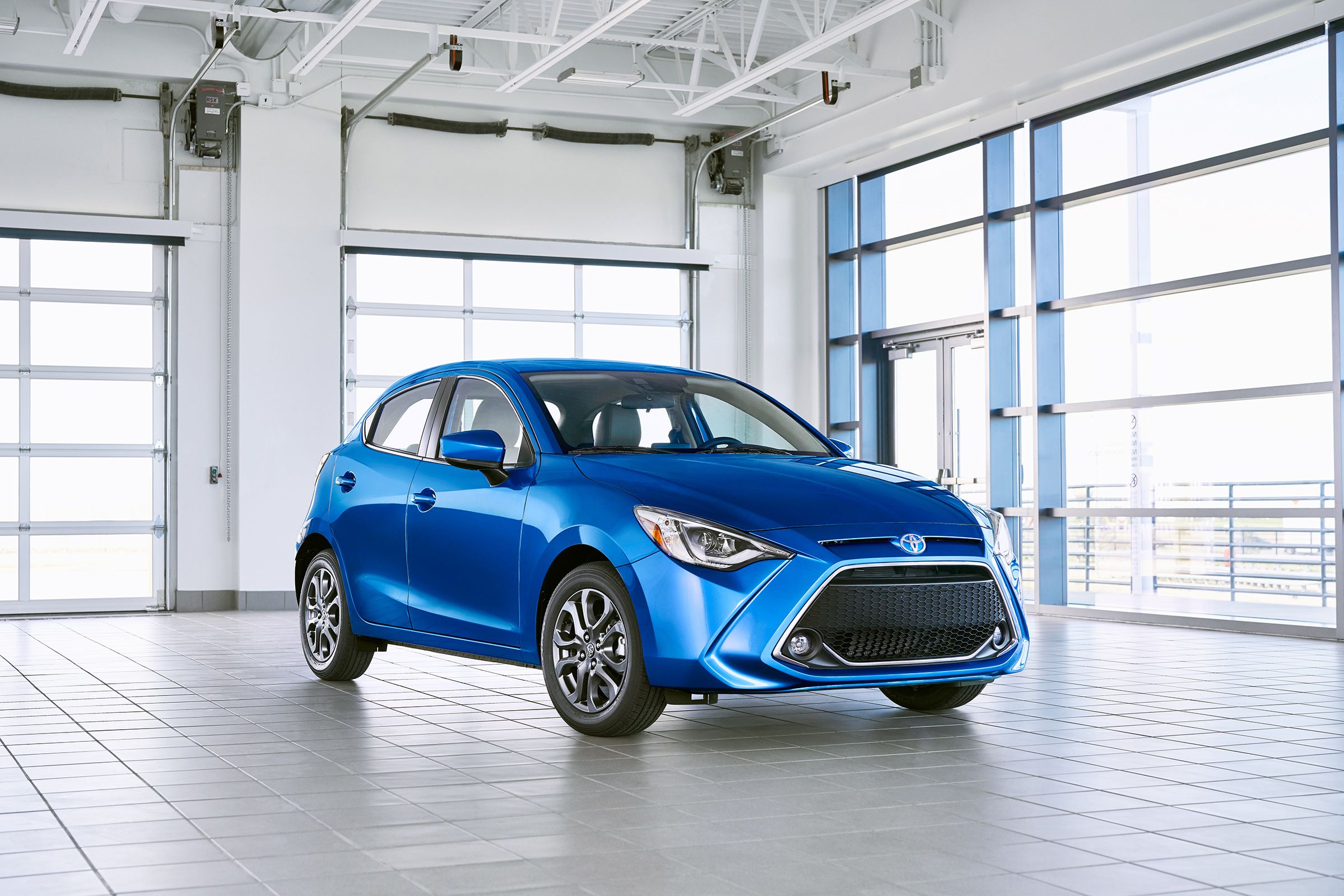
Toyota was originally planning to unveil its new compact crossover at the 2020 Geneva Motor Show, but the coronavirus pandemic forced the Japanese automaker to postpone its debut. But now the wait is over: say hello to the 2021 Toyota Yaris Cross. Based on the European Yaris Hatchback (which is essentially a rebadged Mazda 2 in the US), the 2021 Toyota Yaris Cross is based on Toyota's new GA-B compact car platform and is designed to meet the requirements of Europe's B-SUV segment.
Toyota pioneered the use of hybrid powertrains in B-segment cars with the Toyota Yaris hatchback in 2012, and this technology has carried over to the Yaris Cross. Both the Yaris and Yaris Cross are the first Toyota models to utilize Toyota's 1.5 hybrid system developed directly from the larger 2.0- and 2.5-liter powertrains used by the Corolla, C-HR, RAV4 and Camry.
This setup pairs an electric motor with a 1.5-liter, three-cylinder Atkinson-cycle gasoline engine with a thermal efficiency rated at 40 percent, which is greater than comparable diesel engines. Combined this setup, produces 116 horsepower. In terms of efficiency, the front-wheel drive model starts from below 120 g/km CO2 and the AWD-i version from below 135 g/km based on the WLTP cycle.
Slotting below the Toyota C-HR, the Yaris Cross has the same 100.7-inch wheelbase as the new Yaris hatchback, but is 9.4 inches longer overall. The front overhang is also 2.3 inches longer and an extra seven inches has been adding to the rear, resulting in more interior space. The cargo capacity hasn't been confirmed, but Toyota claims the Yaris Cross has a large trunk volume with the seats up. If more cargo space is needed, the urban crossover features 40:20:40 split-folding rear seats.
While the C-HR's quirky design isn't universally loved, the Yaris Cross features a more conventional crossover design, while its wide fenders, unique facia, and square wheel arches distinguish it from the regular Yaris. Despite its compact dimensions, the Yaris Cross is billed as a genuine SUV thanks to its raised ride height, increased ground clearance and an intelligent all-wheel-drive system that directs drive torque to the rear axle when pulling away and when accelerating. In normal driving conditions, the Yaris Cross uses front-wheel drive, but the all-wheel-drive system activates automatically when low-grip conditions are detected.
Production of the Toyota Yaris Cross will take place at Toyota's TMMF Onnaing factory near Valenciennes, France, alongside the Yaris hatchback. Toyota expects to produce 150,000 units of the Yaris Cross a year. Sales will begin next year in Europe, but Toyota hasn't announced plans to sell the Yaris Cross in America.
